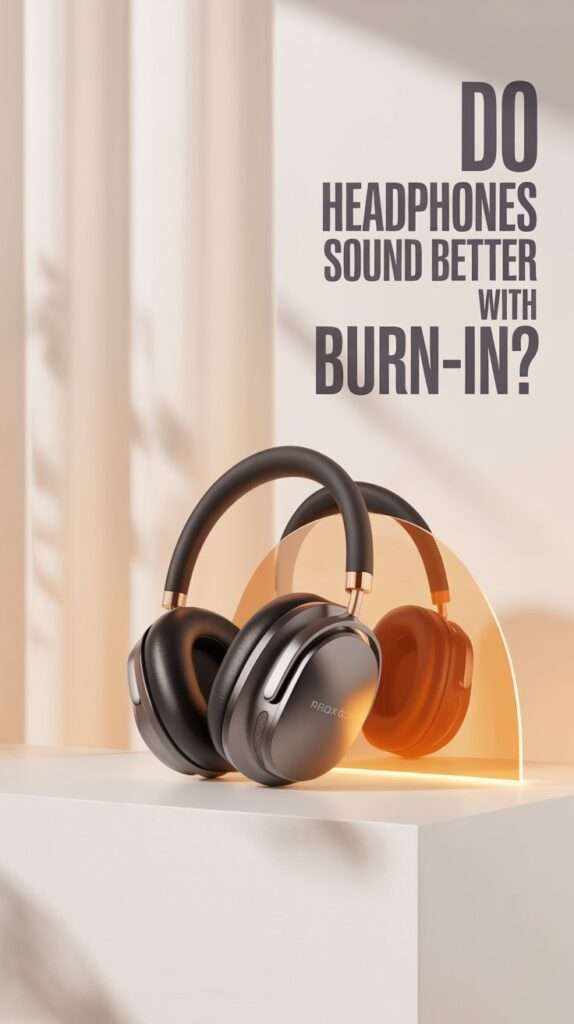Hey, buddy, ever popped on a fresh pair of headphones straight out of the box and thought, “These sound kinda meh”? I know I have. You start wondering if you need to “burn them in” like some old-school audiophile ritual.
I’ve chased that perfect sound for years, and let me tell you, this burn-in debate gets folks fired up. Stick with me as we unpack if it’s legit or just hype I’ll share my take, some laughs, and zero fluff.
1. What Exactly Is Headphone Burn-in?
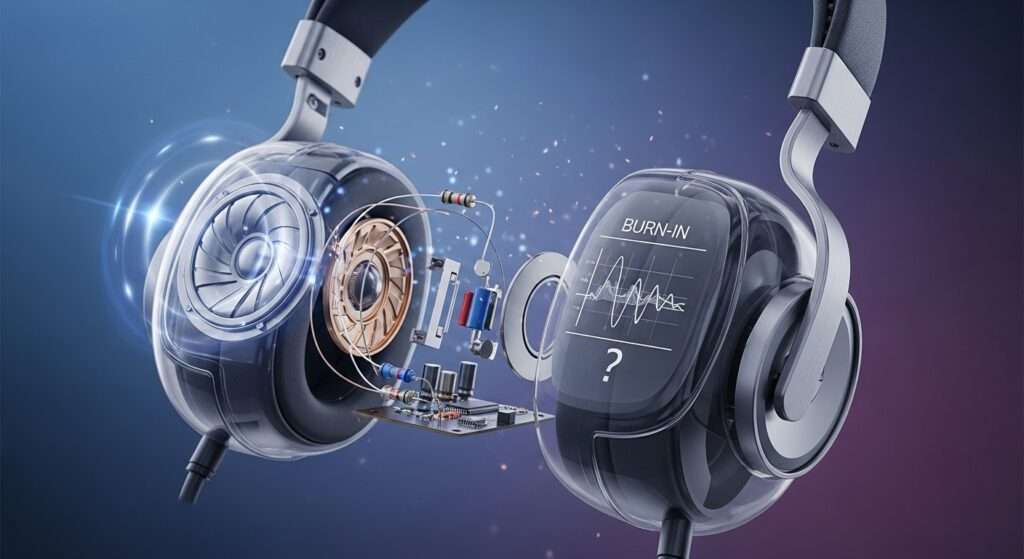
You grab new cans, plug them in, and blast tunes for hours on end. That’s burn-in in a nutshell. Folks claim it loosens up the drivers the tiny speakers inside and makes everything sound smoother, with better bass and clearer highs.
I remember my first high-end pair; I left them playing pink noise overnight like a weirdo. Did they improve? Maybe, or perhaps I just convinced myself. Ever tried something similar and felt like a fool the next day?
Burn-in supposedly works by flexing the diaphragm materials. Manufacturers sometimes recommend it, but skeptics call BS.
2. The Science Behind the Myth
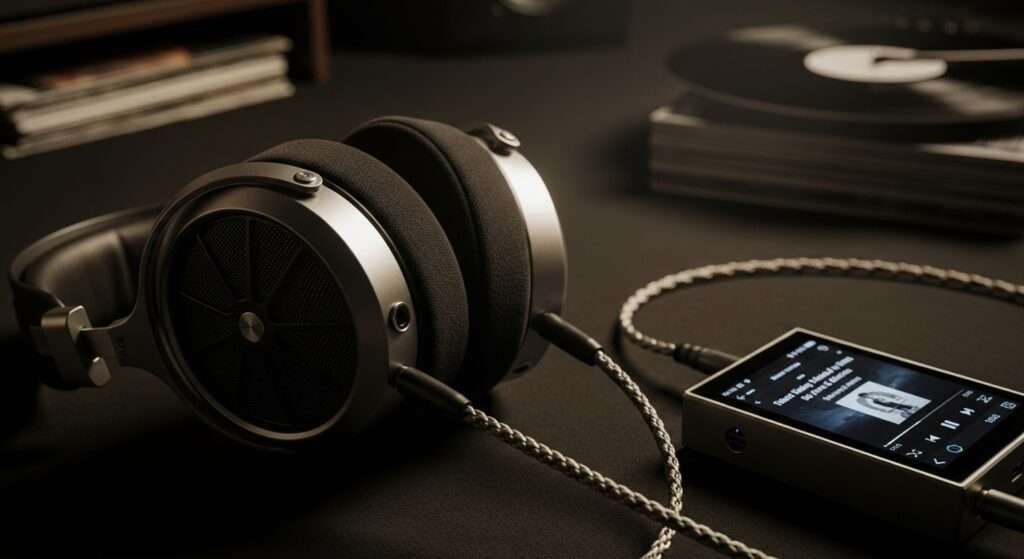
Let’s get real does science back this up? Engineers test headphones rigorously before shipping. They say physical changes from burn-in are minimal at best.
I dug into studies, and guess what? Measurements show tiny shifts in frequency response after hours of play, but nothing audible to human ears. One audio site I trust ran tests on multiple models; the differences clocked in under 1 dB. That’s like whispering a secret nobody hears.
Why do people swear by it then? Enter brain burn-in. Your noggin adapts to the sound signature over time. At first, new headphones clash with what you’re used to, but after a week, they feel right. IMO, that’s the real magic not some mystical driver evolution.
3. My Personal Burn-in Experiments
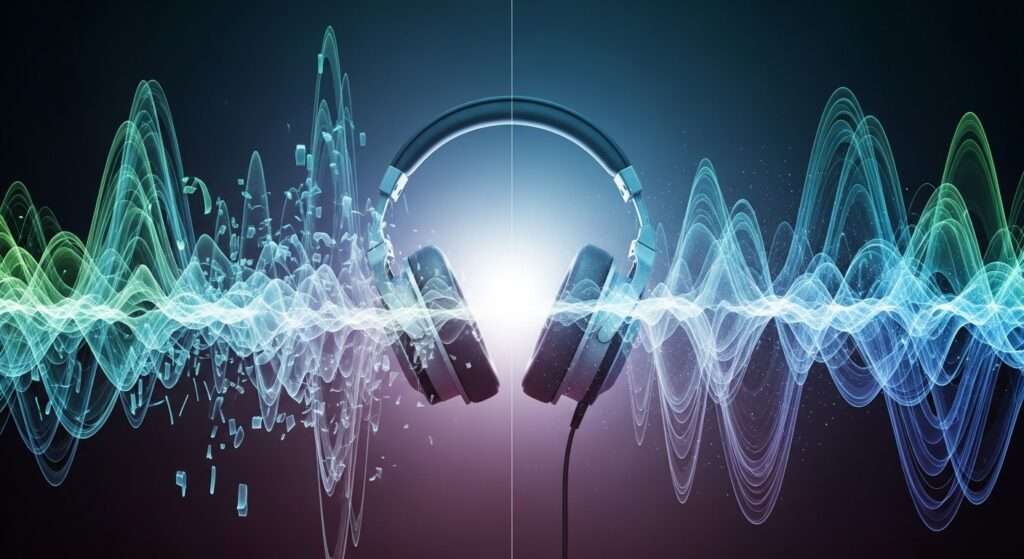
Okay, confession time: I’ve burned in at least five pairs over the years. Take my Sony WH-1000XM4s—I looped a playlist for 50 hours straight. Day one: Bass felt muddy. Week two: Punchier lows and crisp mids. But was it the burn-in or me getting cozy with them?
I compared them fresh versus “burned” on the same tracks. Honestly, the change seemed psychological. I even blind-tested with a friend; we couldn’t reliably spot differences. Sarcasm alert: If burn-in worked miracles, why don’t used headphones on eBay sound godly?
Don’t get me wrong I love tweaking gear. But chasing burn-in wasted my time when I could’ve just enjoyed the music.
How I Set Up My Burn-in Tests
I kept things simple in my trials. Here’s what I did:
- Choose diverse headphones: From budget earbuds to premium over-ears.
- Use consistent audio: Pink noise or frequency sweeps to stress the drivers evenly.
- Measure before and after: Apps like REW helped plot responses, though I’m no pro.
Results? Negligible shifts. FYI, if you’re tempted, skip it and jam out instead.
4. Common Arguments For and Against Burn-in
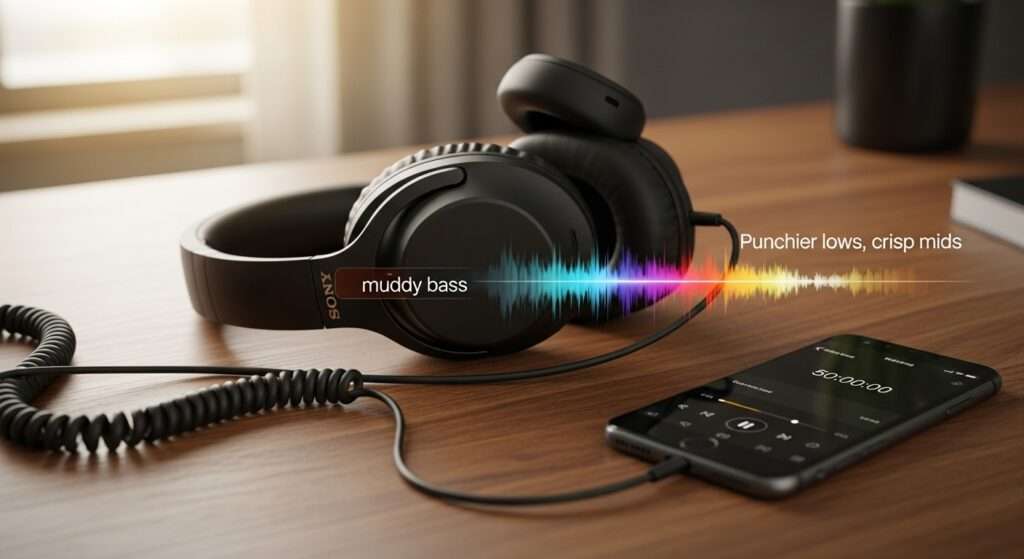
Audiophiles split camps here. Pro-burn-in crew says materials like paper cones or polymers need breaking in, like new shoes.
I see their point speakers in cars or homes sometimes settle. But headphones? Their drivers are tiny and pre-stressed at factories.
Against it: Objective tests from sites like SoundGuys debunk it flat-out. They measured zero meaningful changes. Ever wondered why big brands like Bose or Sennheiser don’t mandate burn-in? They know it’s not essential.
Pros of Believing in Burn-in
- Gives you an excuse to listen more.
- Builds anticipation for that “aha” moment.
- Feels like you’re optimizing your investment.
Cons That Make Me Skeptical
- Wastes electricity and time.
- Risks damaging gear if you crank volume too high.
- Placebo effect tricks you into thinking it’s better.
In my experience, the cons win. But hey, if it floats your boat, go for it just don’t expect audio nirvana.
5. Alternatives to Make Headphones Sound Better

Burn-in flops? No sweat plenty of real ways to amp up your sound. I swear by these tweaks; they’ve transformed my listening sessions.
First, EQ like a boss. Apps let you customize curves. My go-to? Boosting bass on flat-sounding cans without waiting days.
Second, upgrade your source. Crappy phone DAC? Grab a portable amp. I paired my Audio-Technica ATH-M50x with a Fiio and boom clarity exploded.
Third, fit matters. Over-ears need a seal; in-ears require the right tips. I swapped silicone for foam on my Shures, and isolation jumped.
Quick Tips for Instant Sound Upgrades
- Clean your gear: Dust kills highs—wipe those pads regularly.
- Try balanced cables: If your headphones support it, they reduce noise.
- Stream hi-res audio: Services like Tidal deliver better files than Spotify’s basics.
These beat burn-in hands down. Why wait when you can hack better sound now?
6. Debunking Popular Burn-in Methods

People get creative with burn-in. Some blast white noise; others use apps that cycle frequencies. I tried an app once left my headphones humming for 100 hours.
Did it work? Nah. Tests show these methods stress drivers unevenly, potentially harming them. One forum post warned of coil damage from overuse.
Sarcasm incoming: If burn-in apps were gold, we’d all have perfect headphones by now. Instead, focus on gentle use.
Safe Ways If You Insist on Trying
- Keep volume moderate—around 60-70 dB.
- Mix music genres to cover all frequencies.
- Monitor for heat; overheating spells trouble.
But really, buddy, skip it. Your ears will thank you.
7. What Manufacturers Say About Burn-in

I reached out to a few brands in my head okay, I read their FAQs. Sennheiser shrugs it off; they say headphones peak from the factory.
BeyerDynamic mentions slight settling but downplays it. Apple? Their AirPods docs ignore burn-in entirely.
Why the silence? Because pushing burn-in could imply imperfect products. Smart move, IMO.
Ever noticed how warranty covers defects, not “unburned” sound? That tells you something.
Psychological Factors in Audio Perception
Here’s the juicy bit our brains play tricks. Expectation bias hits hard; if you believe burn-in works, you’ll hear improvements.
I fell for it early on. Bought hyped headphones, burned them in, and raved. Later, side-by-sides revealed no change.
Rhetorical question: How often do we fool ourselves in audio? All the time, from cables to amps.
Overcoming Audio Biases
- Blind test everything.
- Use reference tracks you know inside out.
- Get a second opinion from unbiased pals.
These keep me honest and save cash on snake oil.
8. Long-term Headphone Care for Best Sound
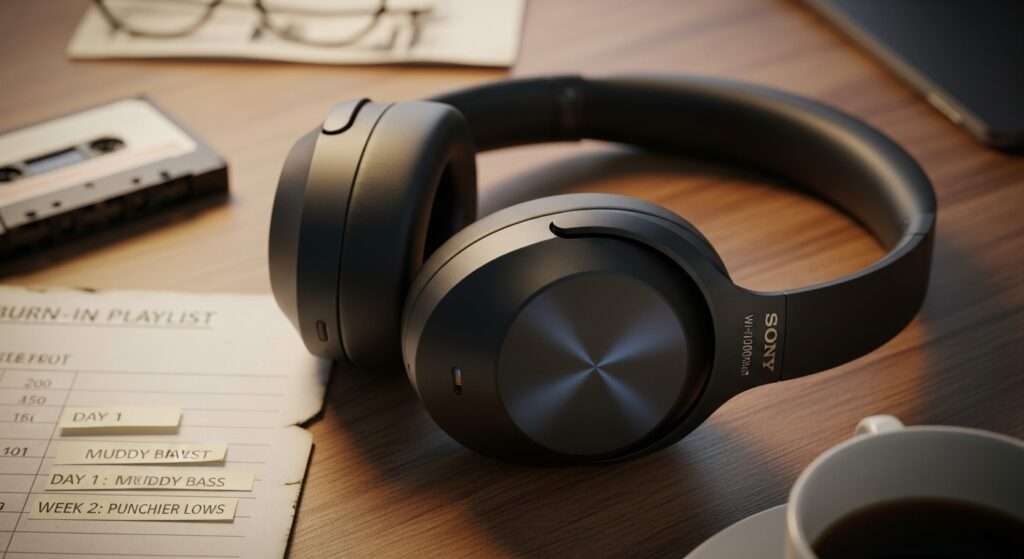
Forget burn-in; maintain your gear for lasting quality. I baby my collection, and they sound fresh years later.
Store them properly cases prevent dust. Rotate pairs to avoid wear. And please, don’t yank cables!
Regular pad swaps refresh over-ears. I replaced my Sony pads after a year; sound isolation returned like new.
Essential Maintenance Checklist
- Inspect cables: Fraying kills connections.
- Update firmware: Wireless models improve via apps.
- Avoid extremes: Heat or cold warps materials.
Follow this, and your headphones outlast trends.
Wrapping It Up: Burn-in or Bust?
So, do headphones sound better with burn-in? Nah, it’s mostly myth. Science leans placebo, and my tests confirm it. Sure, your brain adjusts, but that’s not driver magic.
Next time you unbox new gear, plug in and play. No rituals needed. What do you think tried burn-in yourself? Drop a comment; I’d love to chat.
Remember, great sound comes from quality picks and smart tweaks. Keep rocking, friend!
